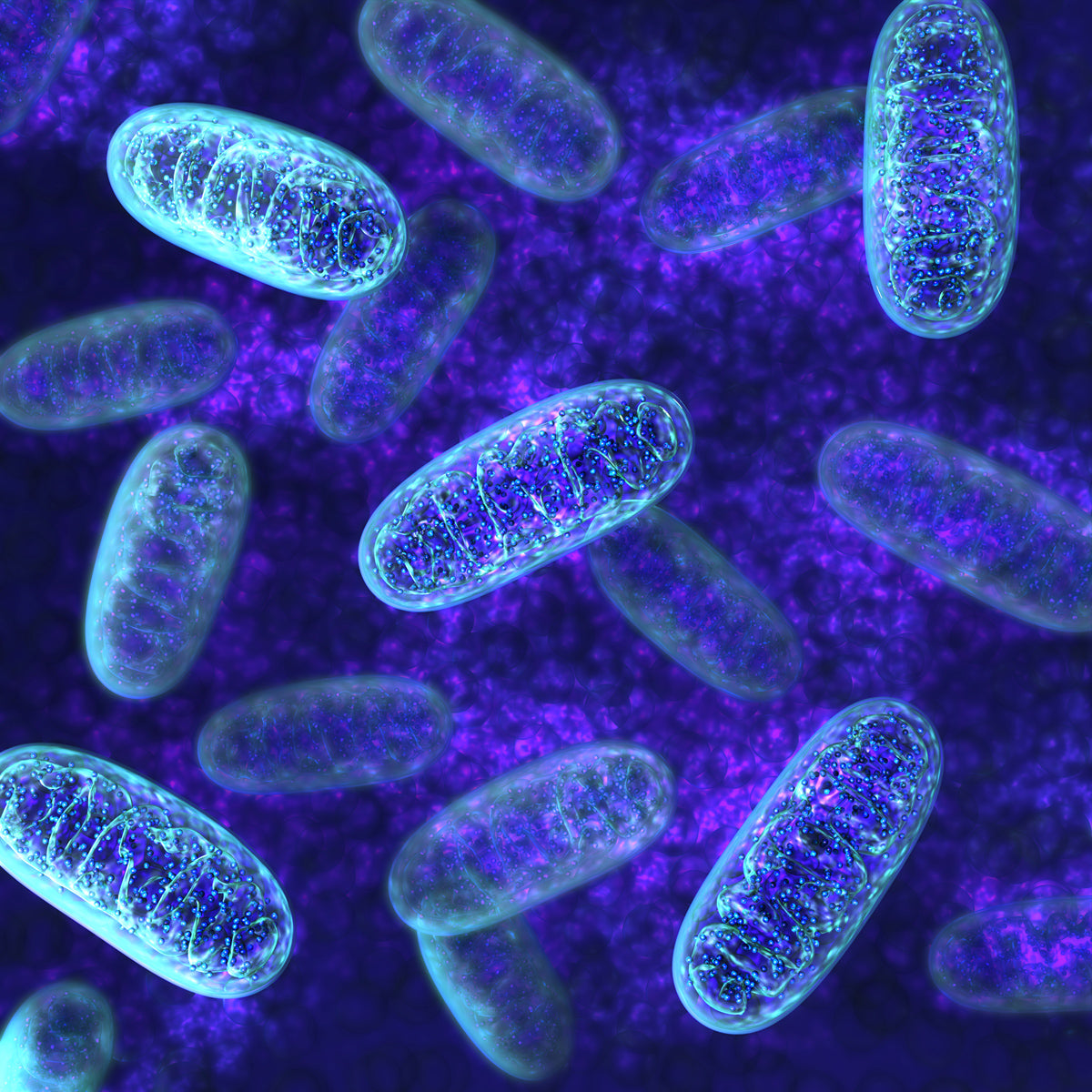Most amateur athletes have a basic understanding of physiology on some level, but getting into the bones of what energy systems are activated during exercise can be extremely beneficial.
It can add meaning to your training, helping you understand the process and which adaptations are taking place in your body.
The role of mitochondria is one physical function of the body that is crucial to performance in many sports but is overlooked or misunderstood even by professional athletes.
Here is a brief background of what mitochondria do during exercise and how they become more efficient with training.
Why Are Mitochondria So Important?
Mitochondria essentially convert cellular energy into fuel for the muscles. They do this through different metabolic processes.
One is the Krebs cycle, which sees fat, carbohydrate and protein converted into ATP - an energy source for muscles.
Another process is glycolysis, in which glucose is converted to ATP.
So mitochondria are key components in exercise. If your mitochondrial output is increased, then time to fatigue will be too.
How Do You Improve Mitochondrial Output?
There are essentially three ways mitochondrial output can be improved. Increasing the number of mitochondria, increasing the density of mitochondria, and increasing the effectiveness of mitochondria.
The good news is, stressing the body through exercise can achieve all three. Aerobic exercise, in particular, causes your body to create more mitochondria and improves density (the amount per cross-section of muscle). High-intensity intervals appear to be more effective than continuous exercise in doing this.
It was previously thought that strength training could decrease the density of mitochondria because more muscle mass would be produced. However, it has now been shown that it stimulates a production of more mitochondria which offsets this.
The functionality of existing mitochondria is also improved by exercise, particularly high-intensity aerobic work.
So while you may not think about it, when you’re training you are building more numbers and improving the efficiency of mitochondria which will be crucial to improved performance.

























































Share:
Beginners Guide to Functional Training - Workouts
5 Breakfast Smoothies To Support An Athletic Lifestyle